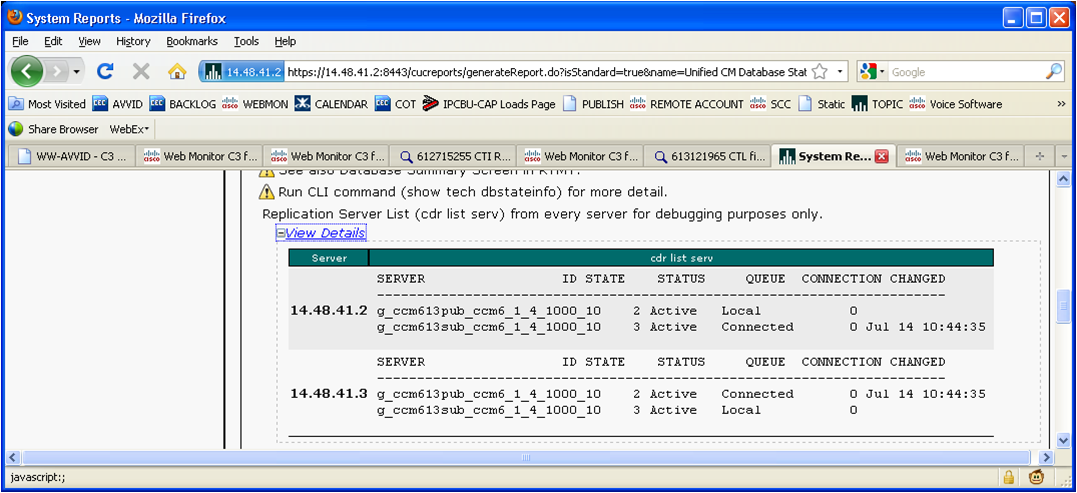

User4 is assigned to Group2, which has privilege levels to Applicationl and Application2, controlled through Role2 and Role3. It is best to avoid overlapping role privileges (Rolel and Role2) when possible. Rolel and Role2 both control different privilege levels to Applicationl and Application2.

Groupl and Group2 have role assignments of 1, 2, and 3. User3 is assigned to both Groupl and Group2. The overlapping configuration can be configured to give the highest or lowest overlapping privilege level. The privilege levels of Role1 and Role2 refer to the same application but provide different levels of access (privileges) to the resource. User1 and User2 are assigned to Group1, which has two roles assigned to it for Application1. The needs of the four users are achieved through the assignment of two user groups. Roles are assigned to user groups.įigure 6-1 illustrates the access that four users have to two different applications. Access privileges are configured per application resource in the role configuration. ■ User groups: A collection of application users and end users with similar privilege levelsĮach role refers to exactly one application, and each application has one or more resources. User privileges are configured using two configuration entities: ■ Access to application interfaces such as Computer Telephony Integration (CTI) and Simple Object Access Protocol (SOAP) ■ Access to specific administrative functions ■ Access to administration and user web pages

Privileges that can be assigned to users include the following: PIN, SIP digest credentials -User privileges (user groups and roles) -Associated PCs, controlled devices, and directory numbers -Application and feature parametersĬUCM allows for the assignment of user privileges to application users and end users. User ID, first, middle, and last name -Manager user ID, department -Phone number, mail ID The attributes associated with end users are separated into three categories, as follows: User feature and system administration authorizationĬan be provisioned and authenticated using an external LDAPv3 directory server Table 6-1 summarizes the differences between end users and application users. Application users are leveraged for internal process-level communications between applications. The mentioned applications need to authenticate with CUCM, but application users do not have the ability to interactively log in. ■ Application users: Application users are associated with applications such as Cisco Unified Attendant Console, Cisco Unified Contact Center Express (UCCX), or Cisco Unified Manager Assistant. End users can have administrative roles based on the user group role configuration. ■ End users: End users are associated with an individual and have an interactive login. There are two types of user accounts in CUCM:

CUCM sends authentication requests to an internal library called the Identity Management System (IMS) library, which is responsible for authenticating the user login credentials against the user database.
#Cisco cucm 8.6 database repair command password#
Users can authenticate with their username and password (alphanumeric) or PIN (numeric), depending on the needs of the application. CUCM is provisioned with a user's first and last name to provide this directory-browsing functionality.ĬUCM IP phone services can be configured to require a user login before providing access to the service. These features include an administrative web page, user web pages, and the following applications:Ĭisco IP Phones can browse corporate and personal directories to find the directory number of a user. Several CUCM features require user accounts for authentication purposes.


 0 kommentar(er)
0 kommentar(er)
